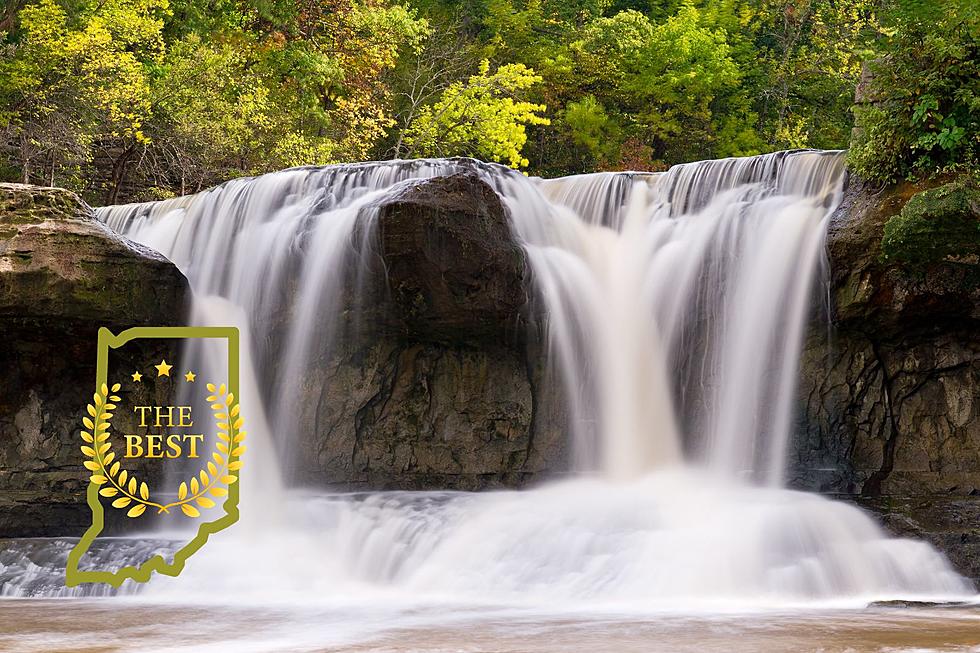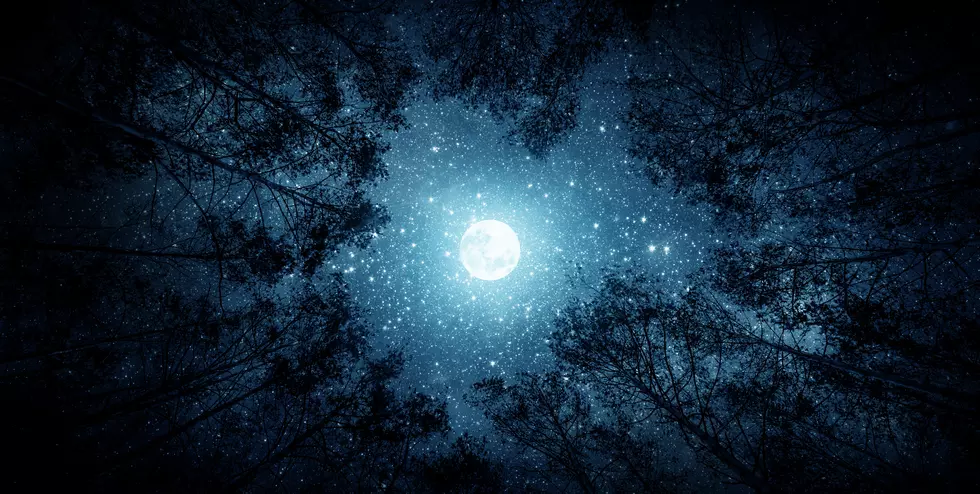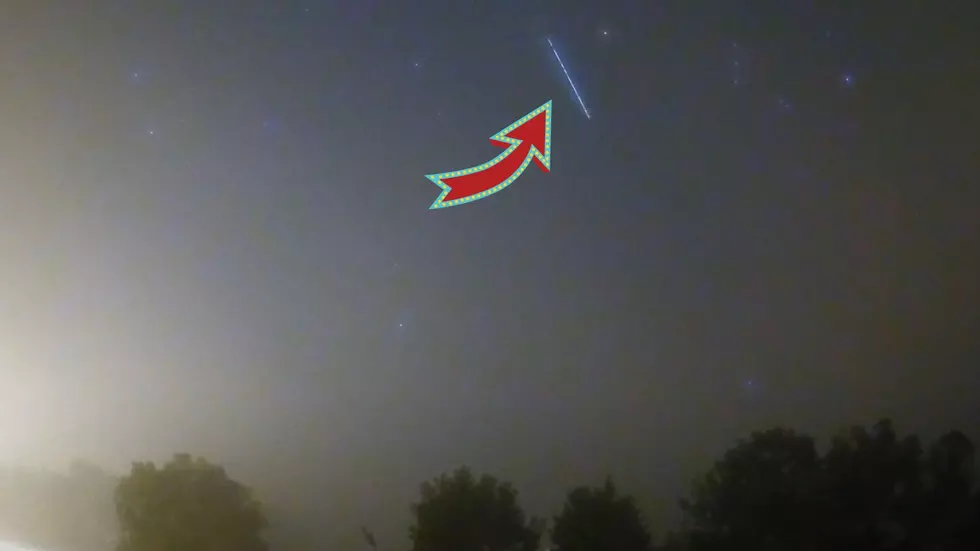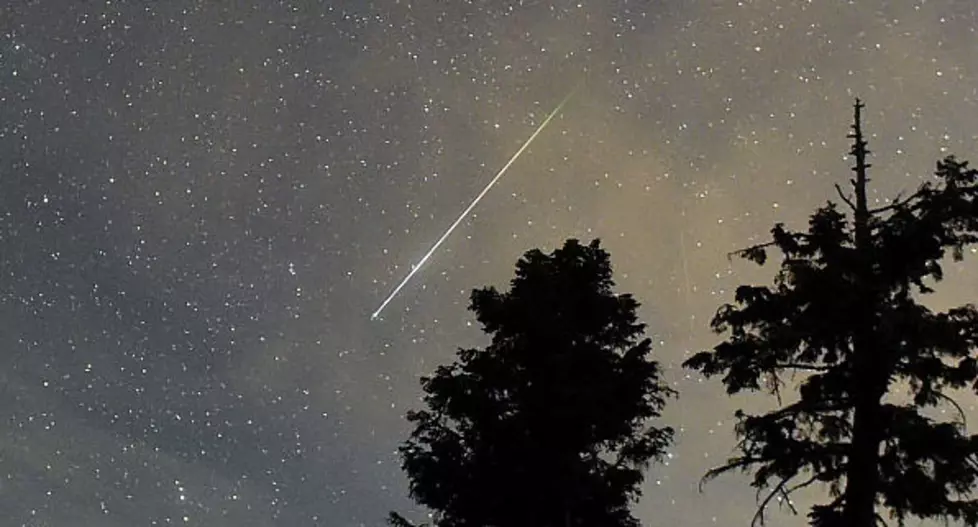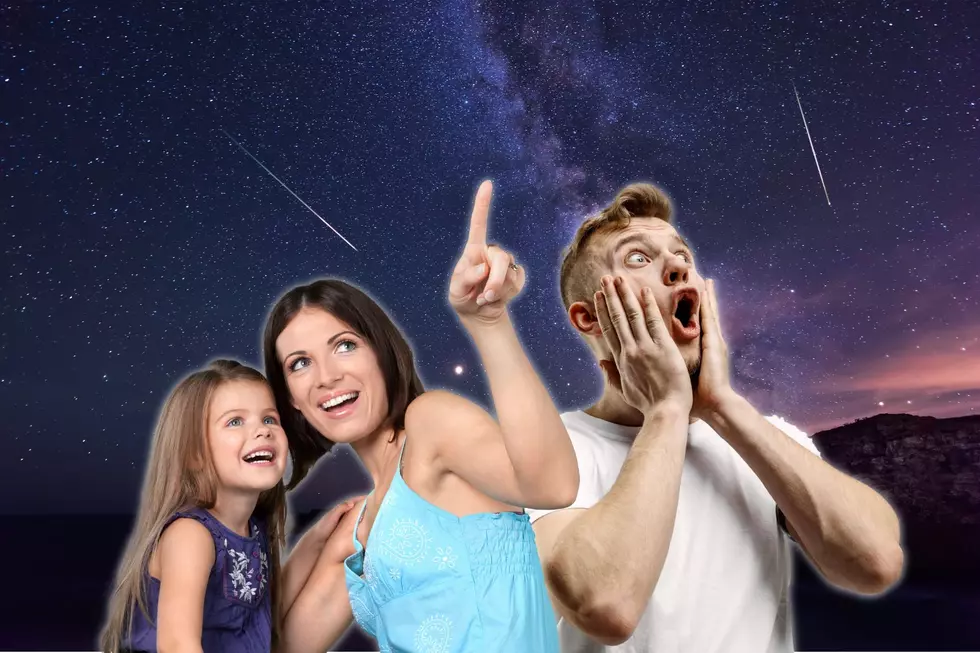
Expect 50 To 100 Shooting Stars Per Hour This Weekend As Perseids Meteor Shower Peaks Over IN, KY & TN
While the annual Perseids Meteor Shower has been happening for several weeks now, the real nocturnal sky magic is going to happen this weekend as it is set to peak, producing 50 to 100 shooting stars per hour.
More Than a Shooting Star
Often called shooting stars, what we will experience in the night sky this weekend is really so much more. The glowing streaks across the sky are actually meteors and can be seen with the naked eye as they blaze through the dark. But what exactly is a meteor, and what makes a meteor shower?
[KEEP SCROLLING TO SEE SOME INCREDIBLE ASTROPHOTOGRAPHY]
Just Space Rocks
According to NASA, meteors are really nothing more than space rocks. Despite the mundane moniker, the friction created as a meteor moves through the Earth's atmosphere generates heat and a lot of it! When a lot of these rocks can be seen glowing through the sky all at once, we call them meteor showers.
That bright streak is not actually the rock, but rather the glowing hot air as the hot rock zips through the atmosphere.

How Big Are They?
We admit that the idea of intergalactic rocks hurling through space towards Earth sounds a little scary, but NASA assures us that we really don't have anything to worry about.
The meteoroids are usually small, from dust particle to boulder size. They are almost always small enough to quickly burn up in our atmosphere, so there's little chance any of them will strike Earth's surface.
Wanna Watch?
Yeah, you do! Just be sure you find someplace away from the lights of the city. The darker the area you're in, the better. Be sure you allow yourself time to acclimate to the dark and avoid other light sources like phones or flashlights. It can take nearly 20 minutes for your eyes to fully adjust to the dark, allowing you to see the night sky more clearly, according to EarthSky.org. You don't typically need any additional gear or lenses to view most meteor showers either.
Perseids Is In Full Swing + Peak Is Happening Now
Perhaps one of the most well-known, the Perseids Meteor Shower puts on a beautiful show in the night sky every year from mid-July through early September. At its peak, it can produce up to 50-100 shooting stars per hour. That peak will take place during the overnight hours of August 11th and 12th. However, because the moon will also be 100% full (and a supermoon nonetheless!), it may inhibit the ability to see as many meteors as you might otherwise during a darker phase of the moon.
Before You Go
Before you head out to watch the meteor showers, it is a good idea to have an idea of a safe place to view them, particularly if you won't be viewing them from your own backyard. You'll want to be sure that you don't inadvertently find yourself trespassing while trying to get a good view of the night sky. And, since it is midwestern summer, bug spray might be a good idea before you head outside. However and wherever you end up stargazing, I hope when you see one of the meteors that you pause to enjoy the magic of the moment, and don't forget to make a wish.
[Source: amsmeteors.org]
Must See: Astrophotography Taken Over Southern Illinois Zinnia Field
LOOK: 31 breathtaking images from NASA's public library
More From WOMI-AM
